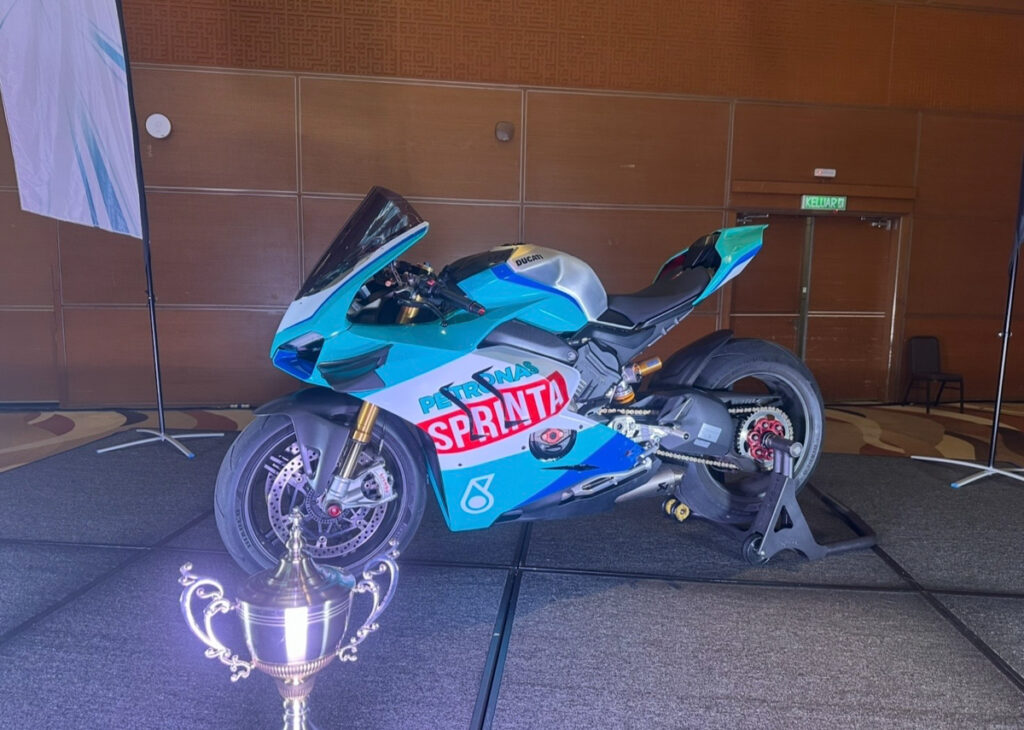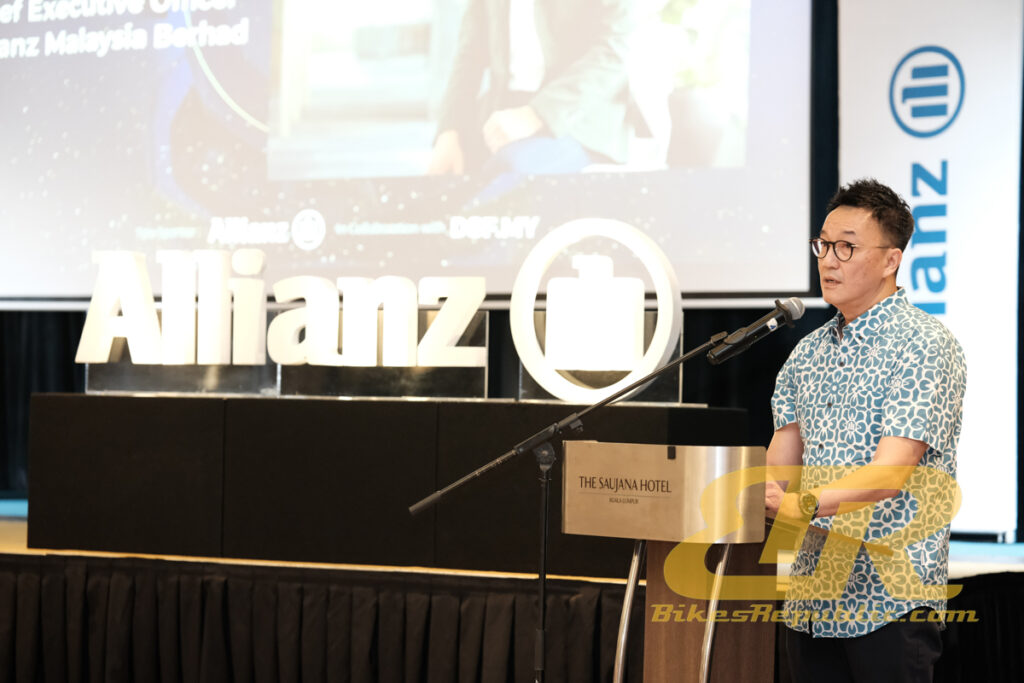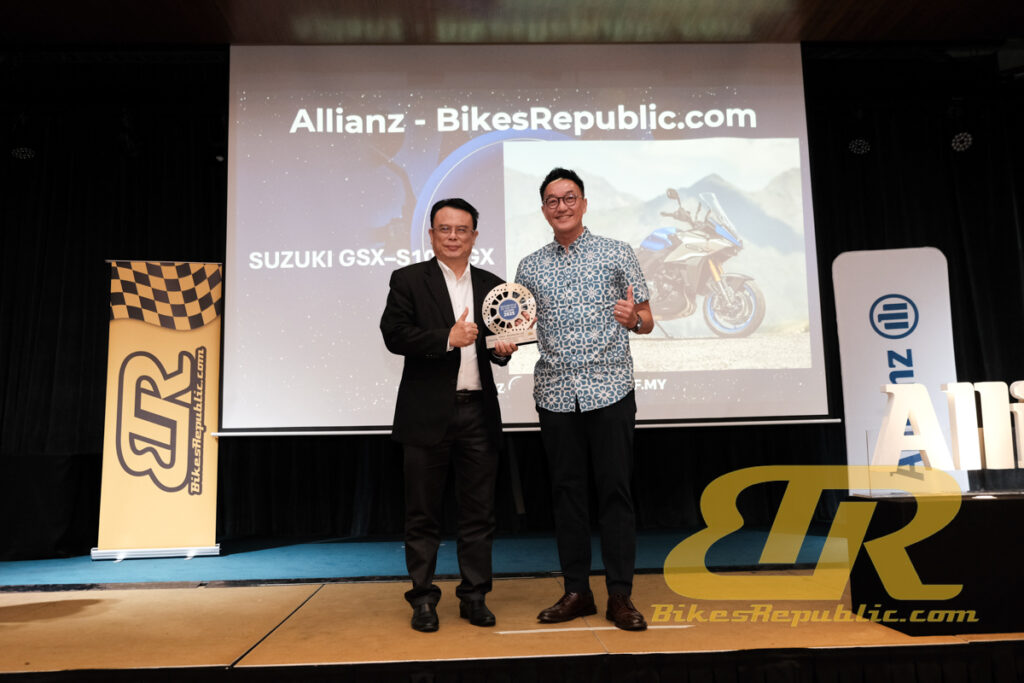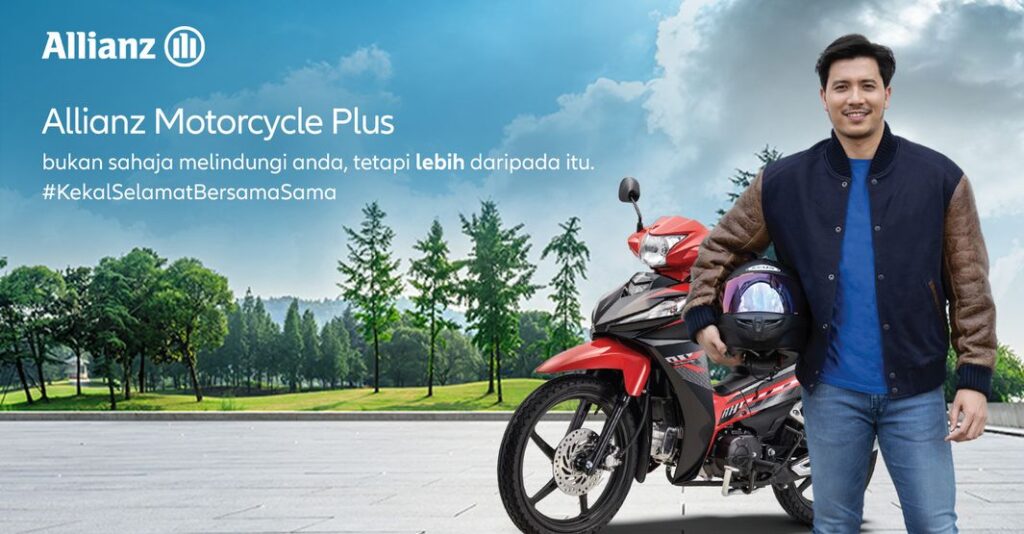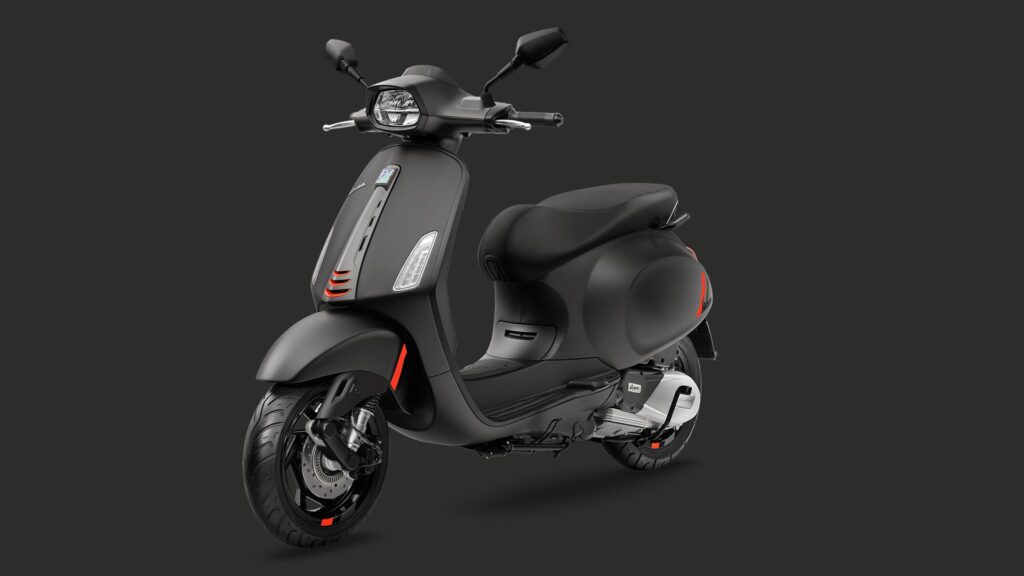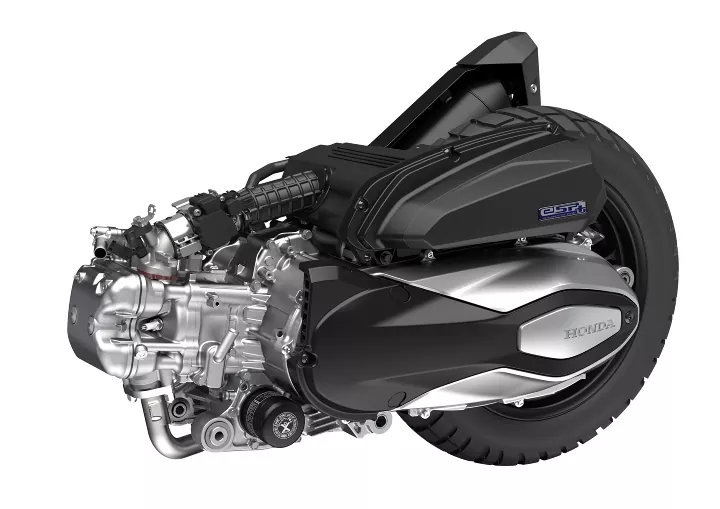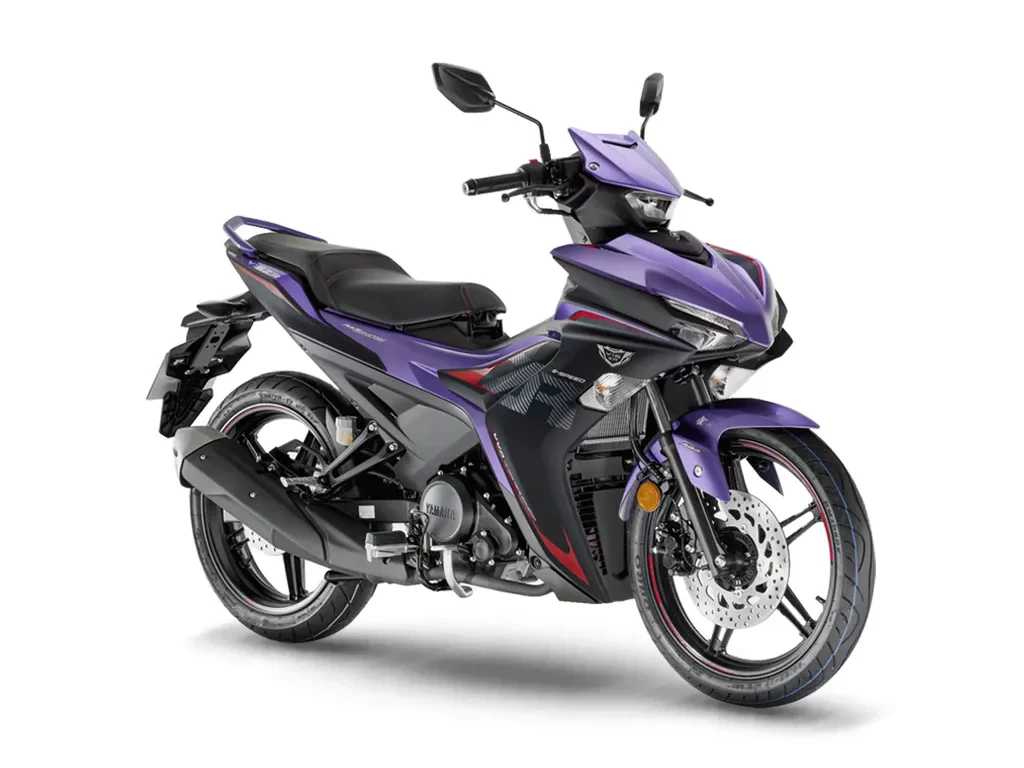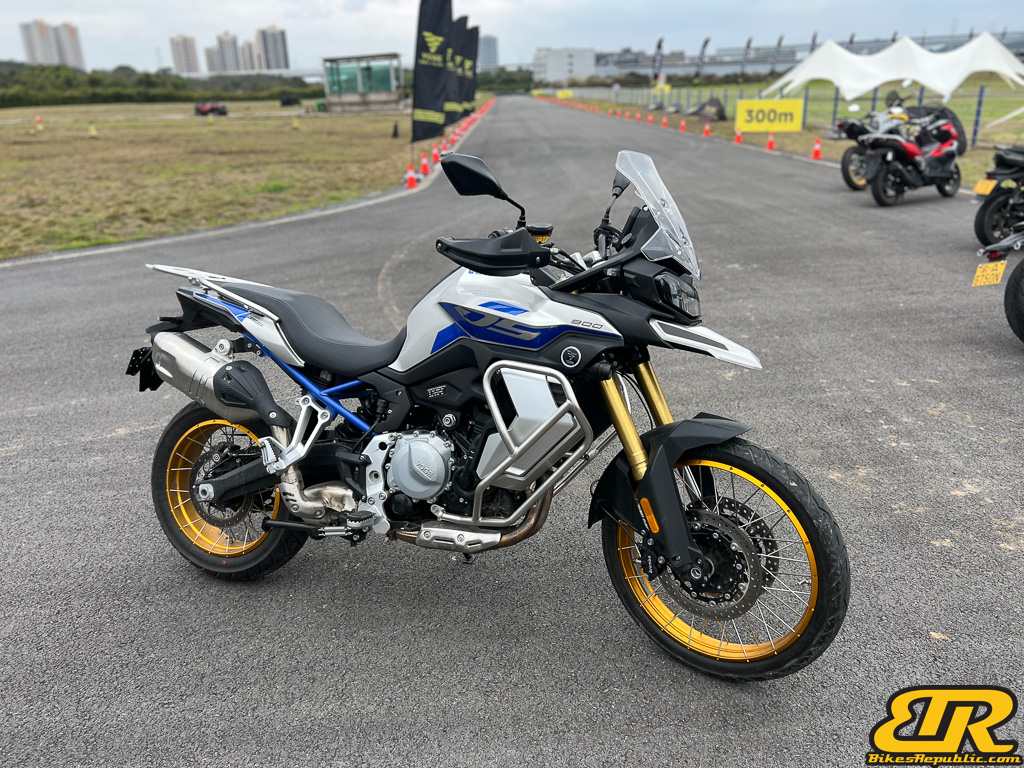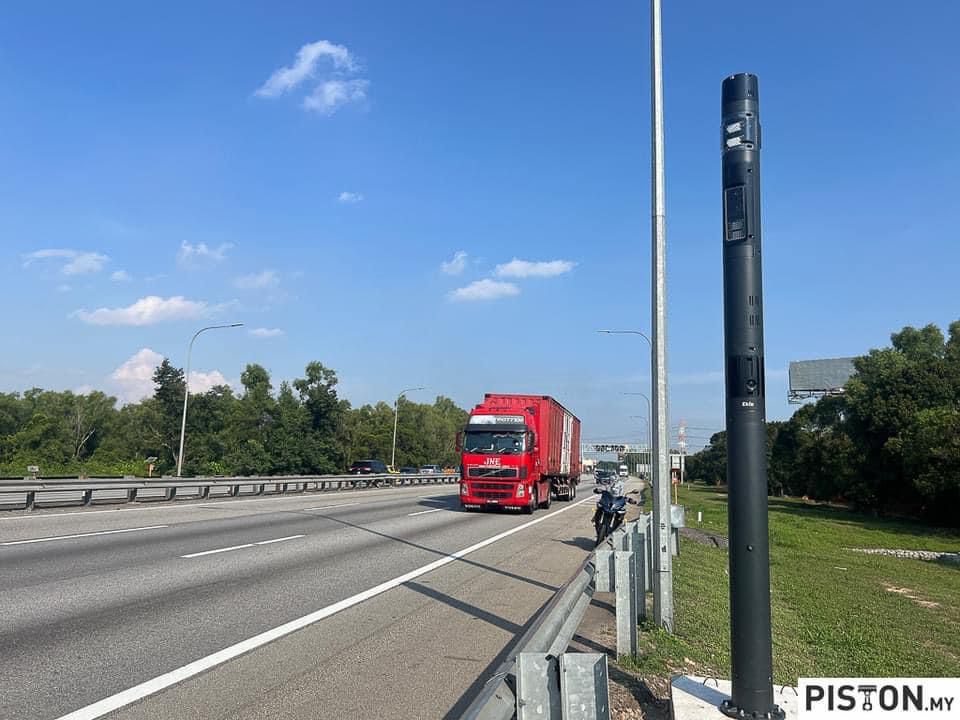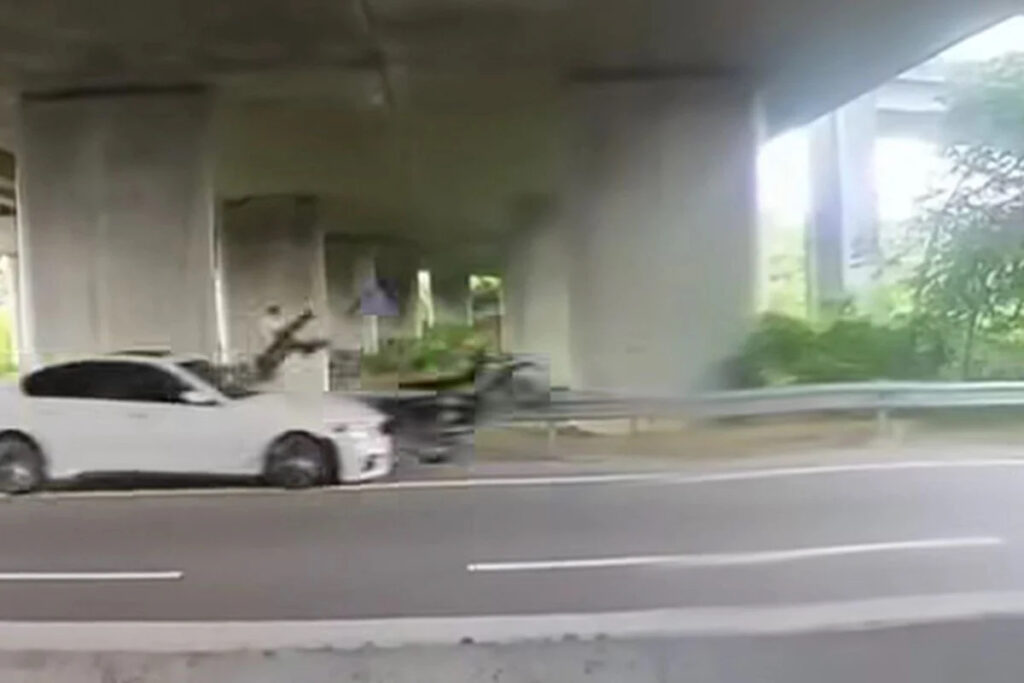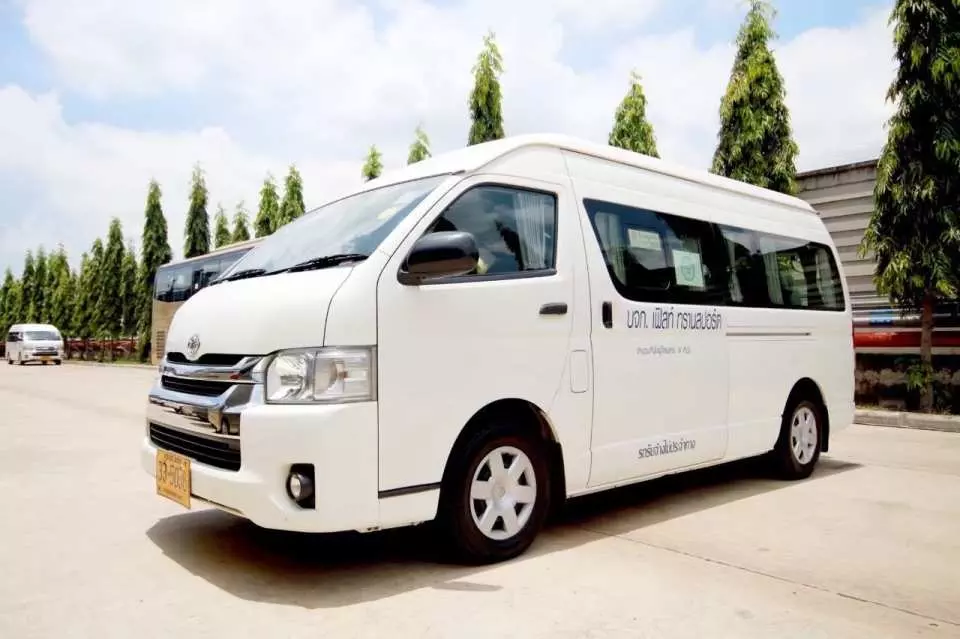No better motorcycle deserves the Modern Classic of the Year (Below 500cc) award at the Allianz-BikesRepublic.com Motorcycle of the Year Awards 2025 than the Triumph Speed 400.
Anyone has to ride it just once and know how good it really is. Even we got blown away.
Why did the Triumph Speed 400 win?
The new Triumph 400 line up had been in the works for so many years that some had begun to think that it would not come to fruition. The child of the Triumph UK and Bajaj Auto collaboration, the former had wanted to access the lower capacity market, which is especially lucrative in Asia.
But oh it was worth the long wait!
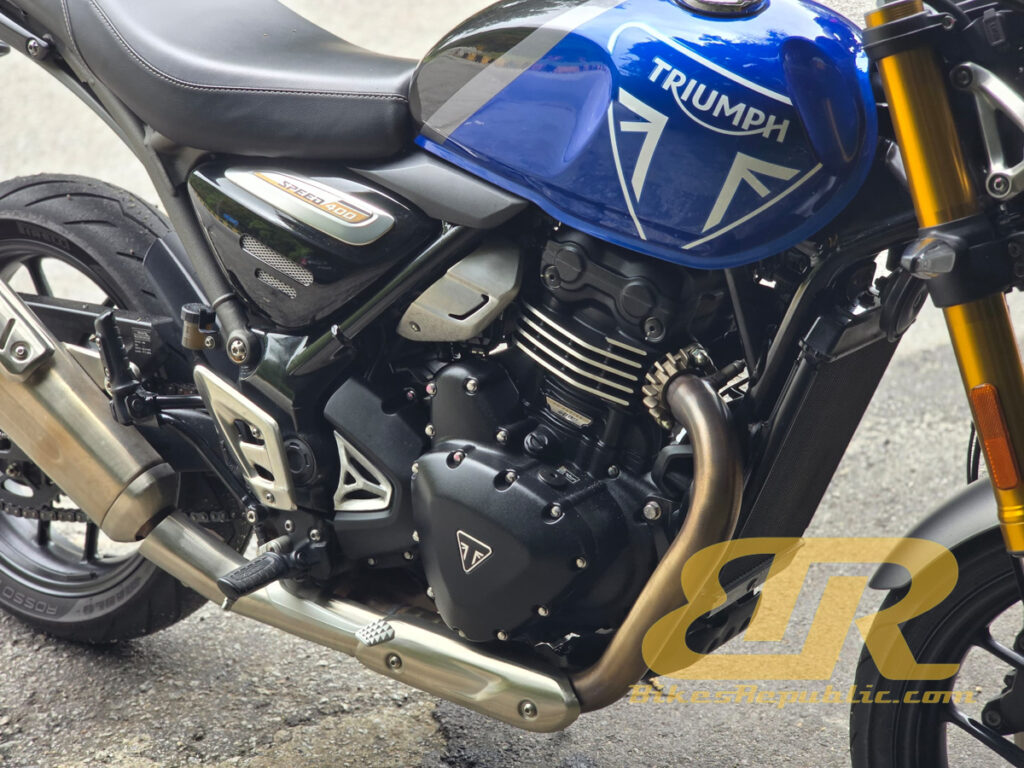
The Triumph Speed 400 is not what you think. It is a very complete and supremely capable motorcycle, despite its price.
The main character of any Triumph is the handling and this one demonstrates that philosophy the best, even among Triumphs. In fact, its handling is so good that if the motorcycling cliché “telepathic connection,” had not existed, it would have been written to describe it.
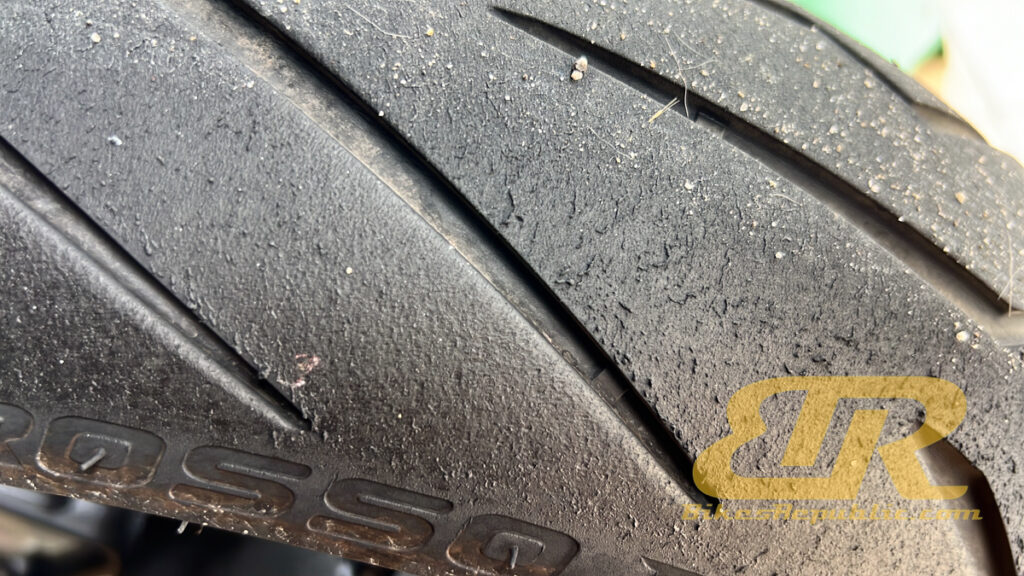
See that corner up ahead? Just pick your line and you are already at the exit, applying power. It did not matter what kind of corner, camber, radius, the Speed 400’s suspension lets the tyres bite into the road and flings you through them. We were even surprised to see the scuffed up the tyres – on a classic looking 400.
And that TR Series 398cc engine. (It is not shared with the Bajaj Dominar 400!) So torquey and has so much grunt up high in the rev range that you will not believe it is a single.
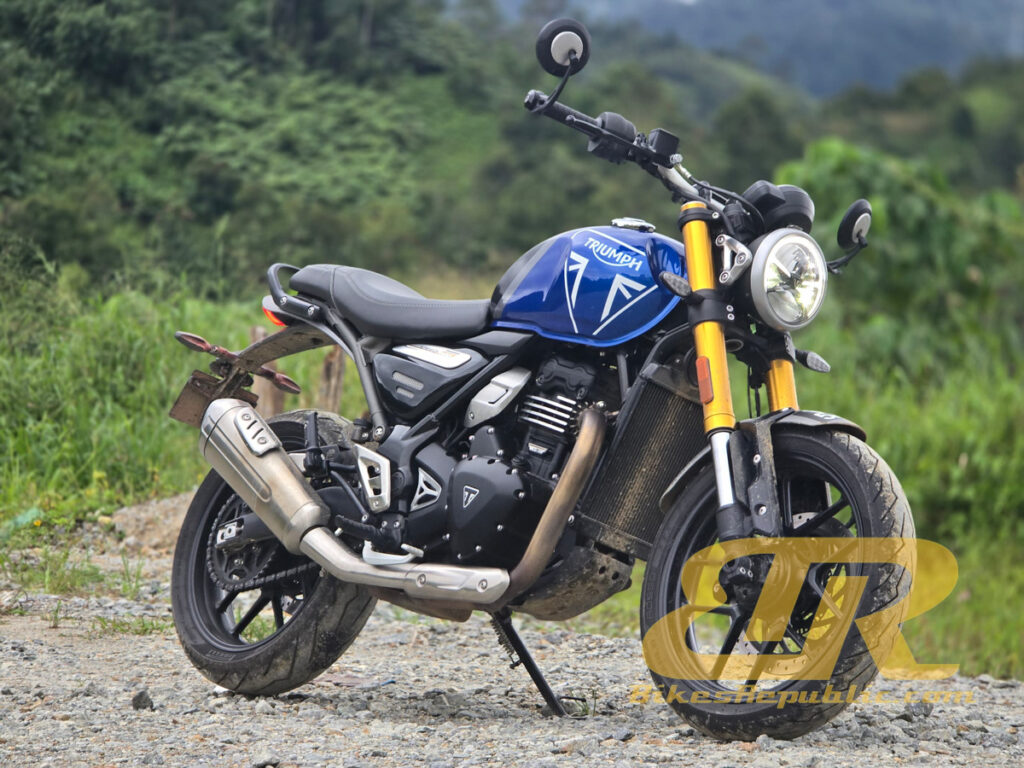
The whole package lets the bike handle like a 150cc motorcycle but with more torque, power, and better suspension. But wait, what sealed the deal for us was its relaxed riding position, practicality, and accessibility. Speaking of accessibility, anyone can ride well on this bike, without needing mountains of skill to conquer the er… mountain (no pun intended).
And it sells for only RM 26,900 which cost just a little more 250cc bikes. What value!
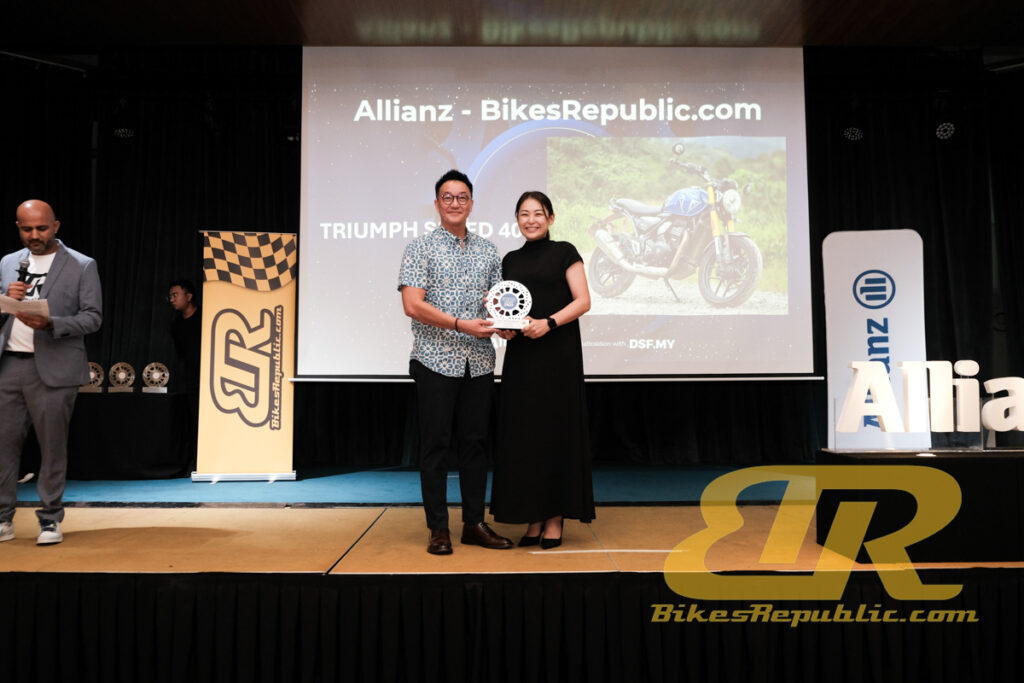
What we liked: Superb handling, easy to ride, practical, good engine, quality, value for money.
What we did not like: The first and second gears are too short.
Nett selling price: RM 26,900






